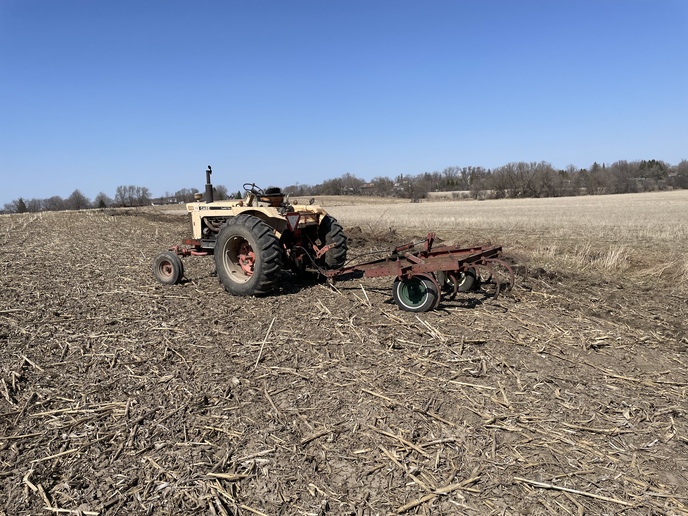Bruce from Can.
Well-known Member
- Location
- Woodville, Ontario, Canada
I have been cleaning out an old fence bottom. Just full of scrub trees, and hundreds of rocks. I drag my Graham chisel plough over the place where the fence was. Then go pick a loader bucket full of rocks. And repeat.

Drags a lot of roots out each pass too. This fence was nearly 30 feet wide when I started working on it, little bit each year, but we can plant corn where it was this year.

Drags a lot of roots out each pass too. This fence was nearly 30 feet wide when I started working on it, little bit each year, but we can plant corn where it was this year.

